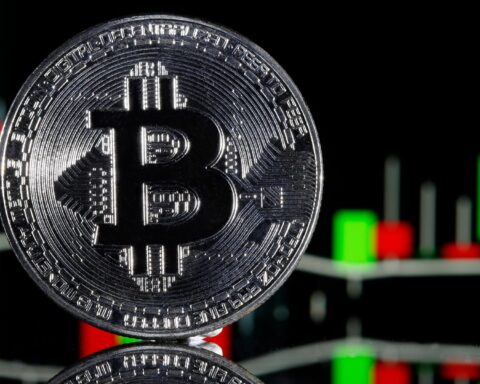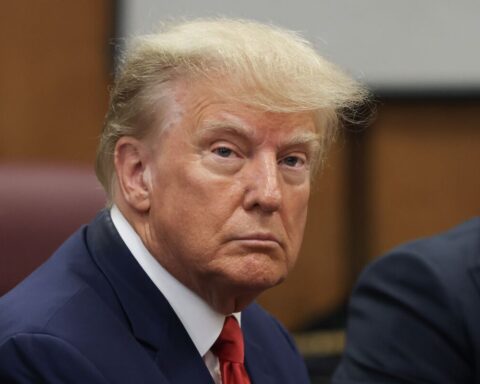Bitcoin plunged below the $77,000 mark today after a bold new trade move by US President Donald Trump rattled global financial markets. The sudden announcement of a steep 104% tariff on Chinese imports has deepened fears of economic instability and caused widespread volatility across assets.
Markets React With Whiplash Volatility
Trump’s tariff declaration triggered a rollercoaster day for Wall Street. Initially, investors cheered, and markets surged—both the S&P 500 and Nasdaq recorded impressive intraday gains of approximately 4%. But that optimism didn’t last. By the end of the day, those gains were almost entirely wiped out.
Bitcoin mirrored the stock market’s mood swings. The cryptocurrency briefly climbed above the $80,000 threshold in the immediate aftermath of the news but soon sank below $77,000 as the full impact of the trade escalation began to sink in.
International Outreach Sparks Fleeting Optimism
In the days leading up to the tariff announcement, Trump reached out to US allies including South Korea and Japan. His administration claimed nearly 70 nations had expressed interest in new trade agreements. Trump called the diplomatic efforts a “beautiful and efficient” process.
Despite these talks, the US government confirmed the aggressive 104% tariff plan would move forward. The tariffs will officially take effect at 12:00 AM on April 9, cementing what could be a long and painful chapter in US-China trade relations.
China Vows Resistance and Escalation
China wasted no time issuing a fiery response. In a strongly worded statement, Chinese officials said they would “fight to the end” and denounced Trump’s plan as “US blackmail.” The chances of a negotiated settlement appear slim, with both countries digging in their heels.
Economic Concerns Deepen
The return of trade tensions has reignited fears of a looming US economic slowdown. Goldman Sachs recently raised the odds of a US recession to 45%, citing increased uncertainty and tightening financial conditions. JPMorgan also weighed in, predicting that the Federal Reserve will begin cutting interest rates starting June 2025. They anticipate a rate cut at each meeting through January, eventually bringing the policy rate’s upper bound to 3%.
Investment Shifts Reflect Caution
At a recent financial forum covered by Bloomberg, Loomis Sayles portfolio manager David Rolley described tariffs as “the only tax they can hike.” Meanwhile, fellow strategist Pramila Agrawal estimated the recession probability at 60%. Andrea Dicenso, another analyst from the same firm, said investors were already redirecting funds toward European and Latin American markets, which she characterized as safer and more stable than the US at this point.
As the April 9 tariff implementation date looms, traders, businesses, and investors are bracing for further market shocks and global ripple effects.




